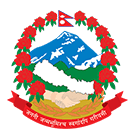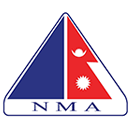The Kanchenjunga Circuit Trek: Trekking Around the World’s Third-Highest Peak
The Kanchenjunga Circuit Trek, is a remote journey that takes you through one of Nepal’s most scenic and least explored routes. If you are seeking peace and solitude, the Kanchenjunga Circuit Trek offers the perfect escape, deep within the pristine mountain ranges along the borders of Nepal, Sikkim, and Tibet.
The Kanchenjunga Circuit Trek gives you the incredible opportunity to circumnavigate Kanchenjunga, the world’s third-highest peak, standing at 8,586 meters. As you embark on this trek, you’ll explore untouched wilderness and enjoy breathtaking views of the surrounding snow-covered peaks. The region is also home to rare wildlife such as snow leopards, red pandas, and Himalayan tahr, while magnificent birds like the Himalayan griffon vulture and golden eagle enhance the trek’s natural beauty. Along the way, you’ll also immerse yourself in the rich cultures of the Rai, Limbu, and Sherpa communities.
Being one of the least traveled routes in the Great Himalaya Trails of eastern Nepal, the Kanchenjunga Circuit Trek offers a rare retreat for trekkers looking to escape crowded paths. This trek takes you deep into the heart of the remote mountain ranges, giving you a chance to experience an isolated and unforgettable adventure.
Why Choose Nepal Sanctuary Treks for the Kanchenjunga Circuit Trek?
With 26 years of experience, Nepal Sanctuary Treks curates trekking experiences across various regions, including the renowned Great Himalayan Trail. We specialize in organizing both Great Himalayan Trail treks, along with camping and teahouse lodge treks. Our team tailors the Kanchenjunga Circuit Trek to match your personal preferences and physical fitness level.
As a Travelife Certified company, we prioritize sustainable and responsible travel. Our operations positively impact both the environment and local communities, while our professional guides ensure your safety and comfort throughout the Kanchenjunga Circuit Trek.
We also support gender equality by empowering women-led businesses, promoting girls’ education, and hiring female guides.
Our experienced team, with extensive knowledge of the Kanchenjunga Circuit Trek, will be with you every step of the way. When you choose Nepal Sanctuary Treks for the Kanchenjunga Circuit Trek, you are not only reaching a stunning viewpoint but also supporting responsible tourism and sustainable practices.
Best Time to Trek the Kanchenjunga Circuit Trek
The ideal time to trek the Kanchenjunga Circuit is in spring (March to May) and autumn (Mid-September to November). During spring, you will enjoy blooming rhododendrons, lush forests, and active wildlife. Autumn offers clear skies, stable weather, and perfect trekking conditions, with daytime temperatures ranging from 5-15°C (41°F-59°F).Spring is also a great time for trekking the Kanchenjunga Circuit Trek, as temperatures at lower altitudes range from 10-20°C (50-68°F), making it perfect for outdoor activities.
Although the Kanchenjunga Circuit Trek is accessible throughout the year, winter (December to February) and the monsoon season (June to August) come with challenges. Harsh weather, limited facilities, and safety concerns make these times less ideal for trekking.
Physical Fitness for the Kanchenjunga Circuit Trek
The Kanchenjunga Circuit Trek is physically demanding and requires good fitness. The route involves long, strenuous hikes through rough terrain, high-altitude passes, and unpredictable weather. Being physically fit is crucial for completing the Kanchenjunga Circuit Trek, with daily hikes lasting 6 to 8 hours. Physical training and mental preparation are essential for success. Acclimatization is key to avoid altitude sickness and ensure a safe and enjoyable experience. Nepal Sanctuary Treks design itinerary with extra days for acclimatization, helping trekkers adapt more comfortably.
Kanchenjunga Circuit Trek Difficulty
The Kanchenjunga Circuit Trek takes you through a restricted area in Nepal, requiring special permits for access. The trek involves tough ascents, descents, and multiple high-altitude passes. The journey covers about 200 km to Kanchenjunga Base Camp, one of the longest treks in Nepal. Daily walking distances are 15-20 km, with daily elevation gains of 500-1000 meters. Reaching the highest point of 5,143 meters requires crossing challenging passes.
Permit Requirements for the Kanchenjunga Circuit Trek
The Kanchenjunga Circuit Trek is located in a restricted area, requiring trekkers to obtain special permits. You will need both the Kanchenjunga Conservation Area Project Entry Permit and the Restricted Area Permit to access this part of Nepal. Independent trekking is prohibited, and at least two trekkers are required to obtain the restricted area permit.
Nepal Sanctuary Treks can assist in obtaining the necessary permits for your Kanchenjunga Circuit Trek, ensuring a smooth and hassle-free experience.


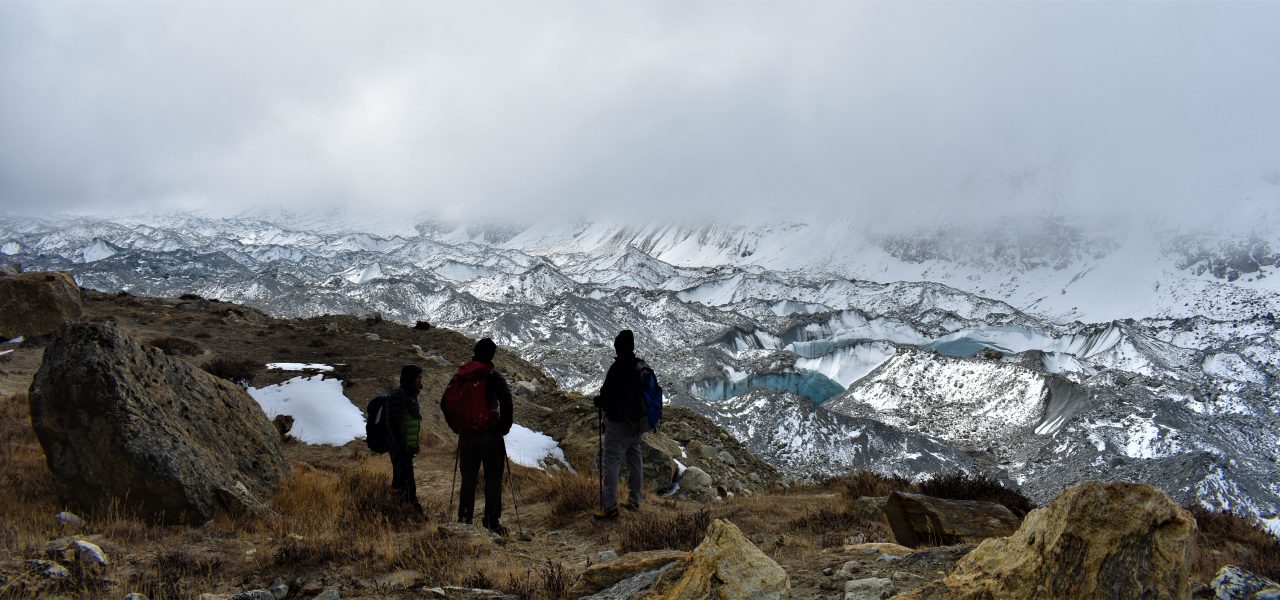





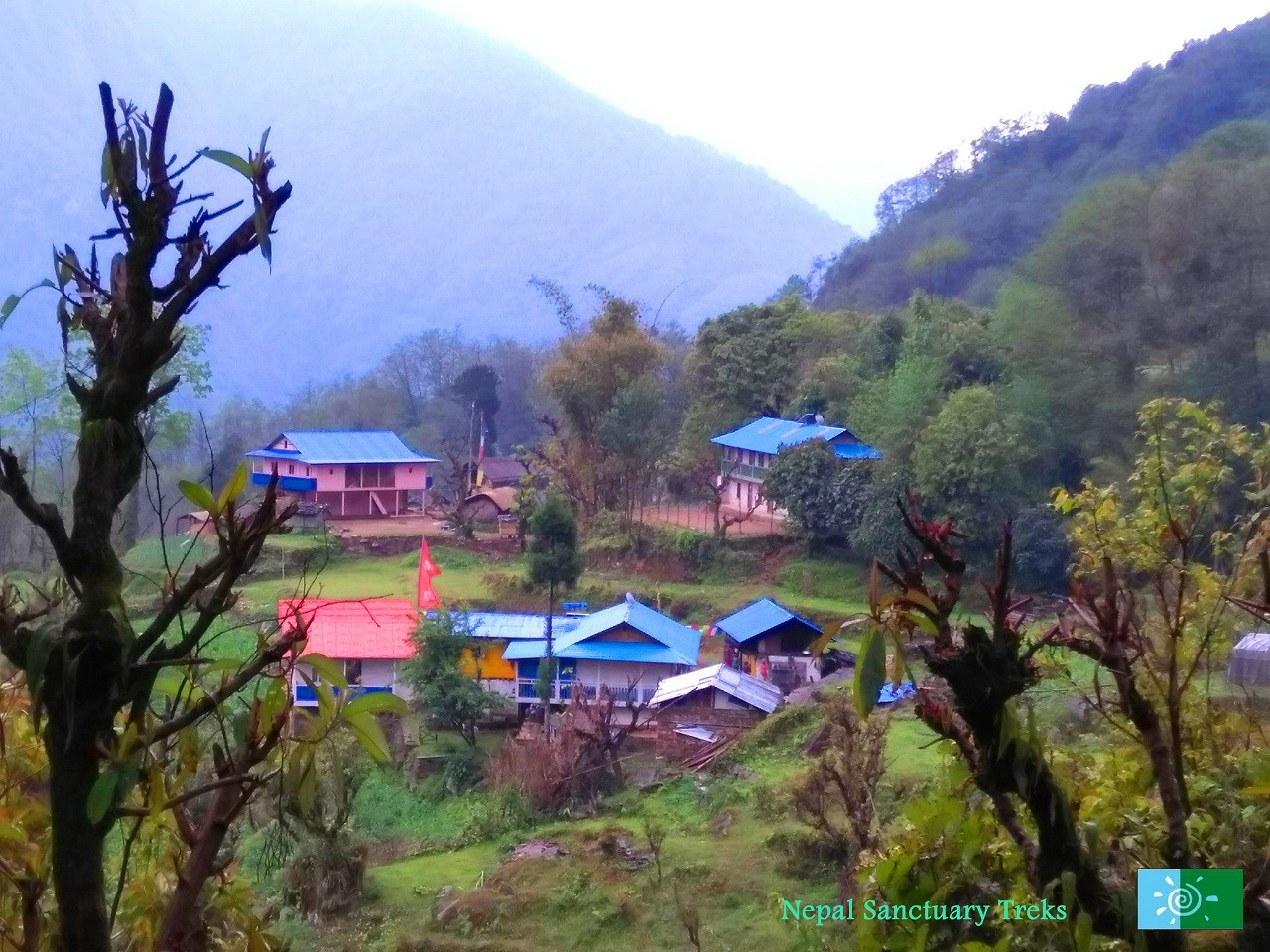




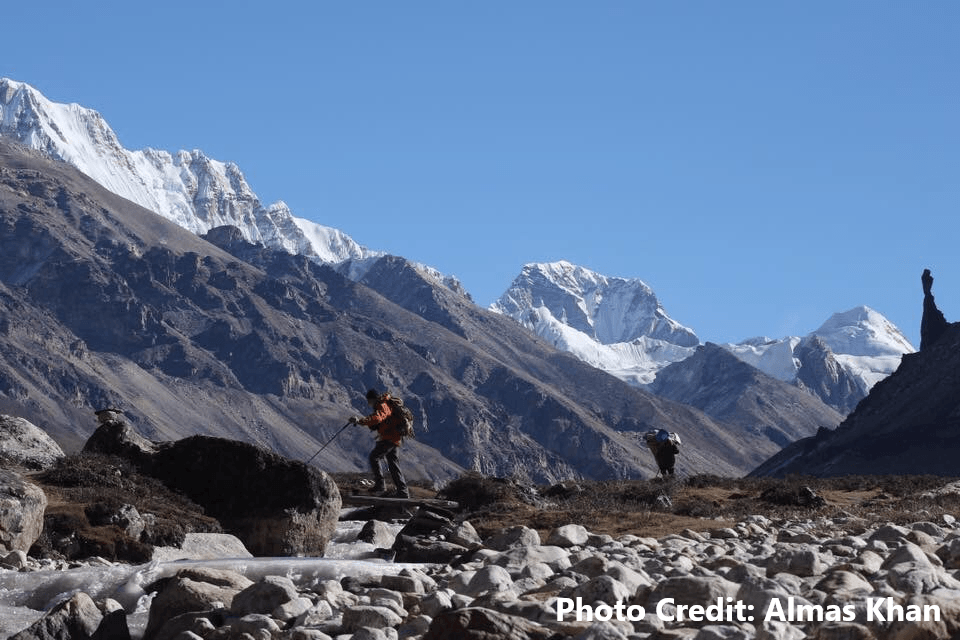
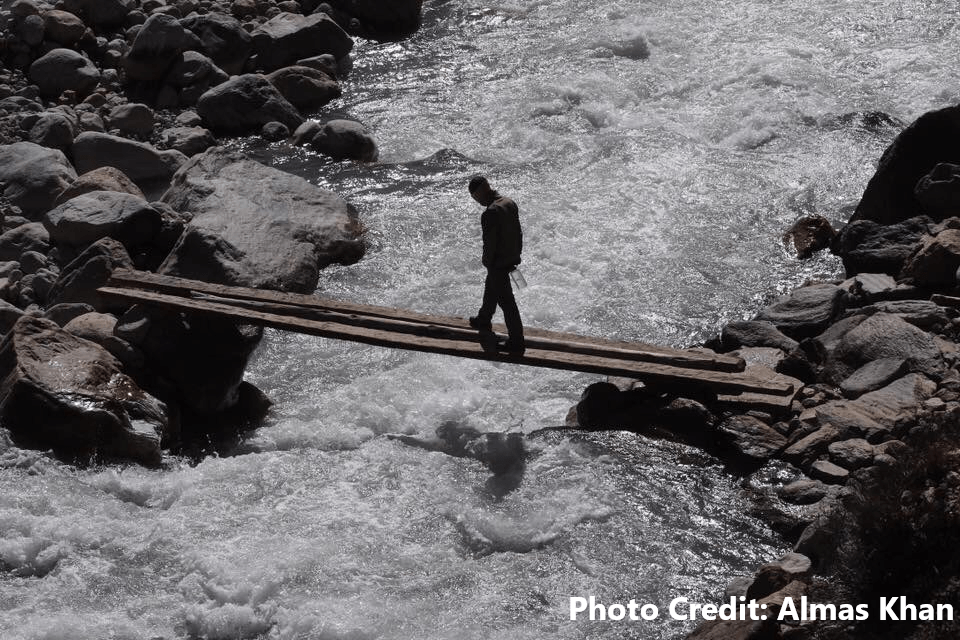


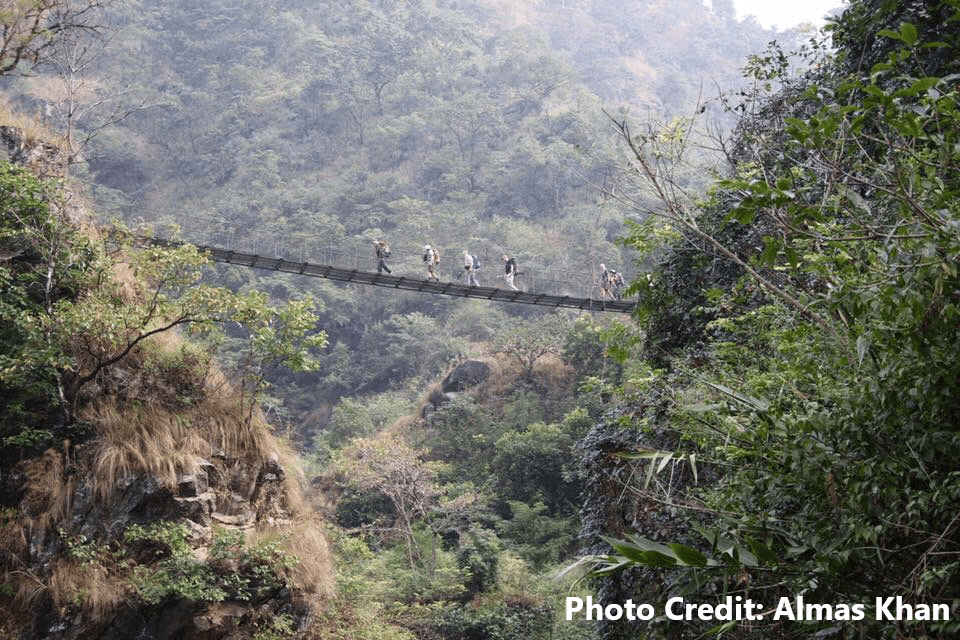

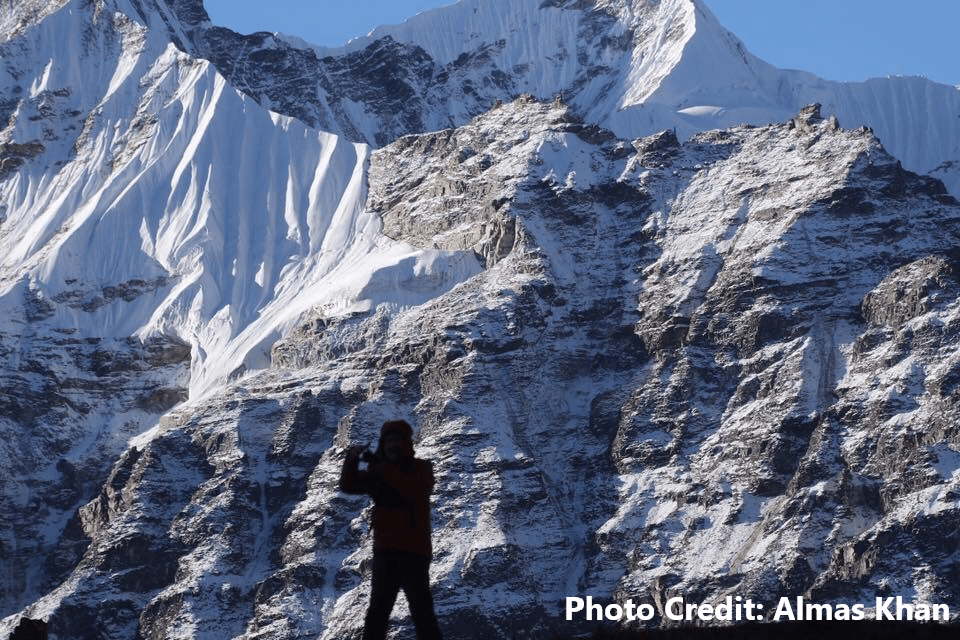
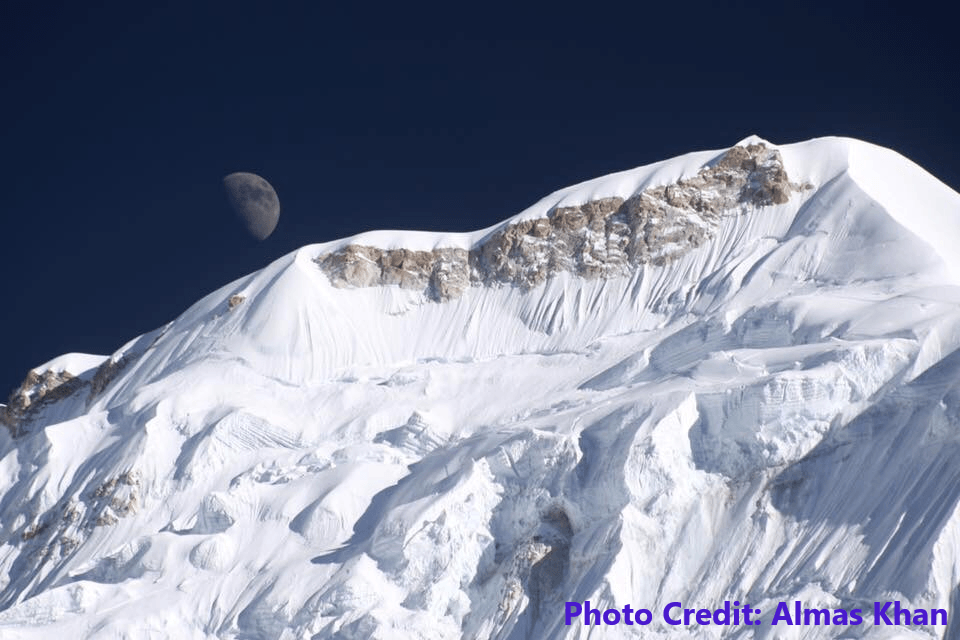
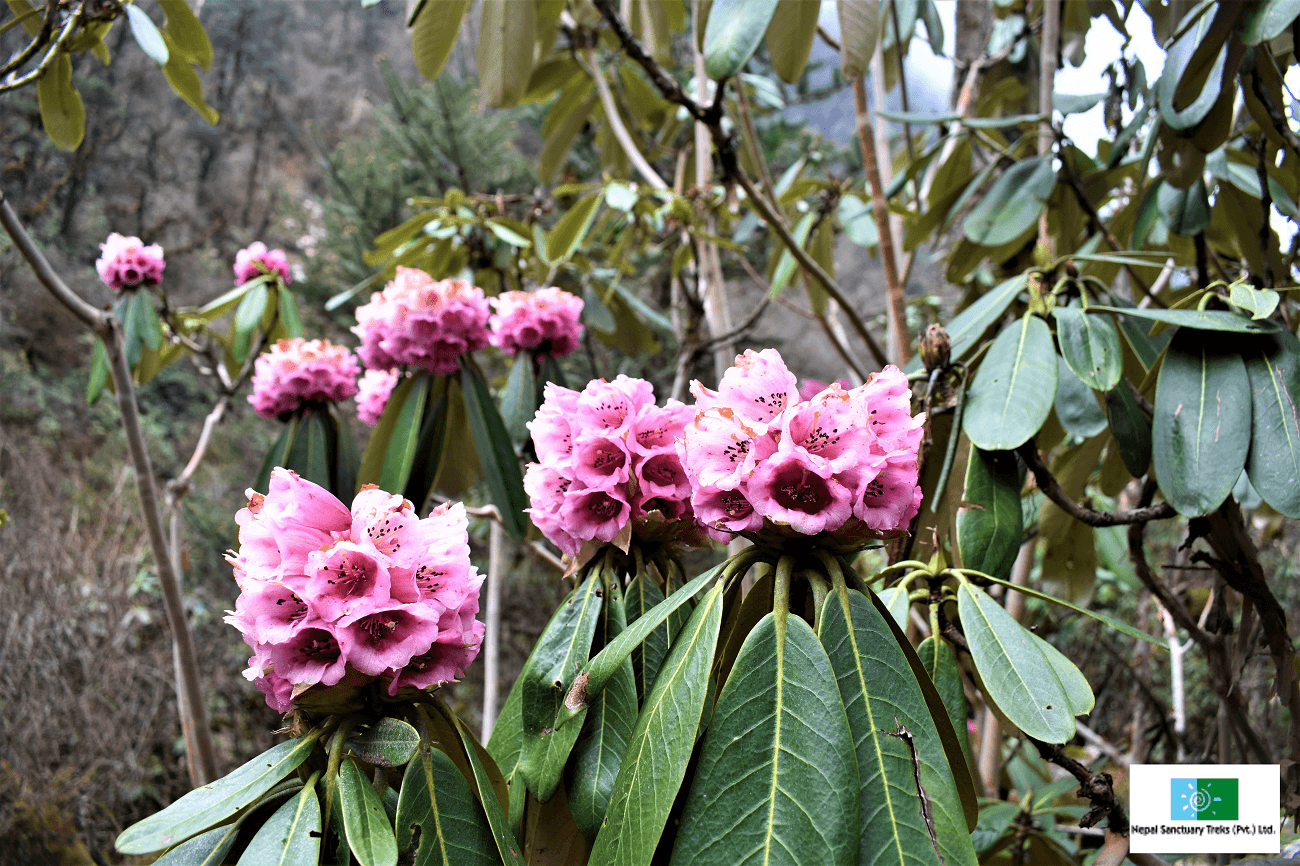
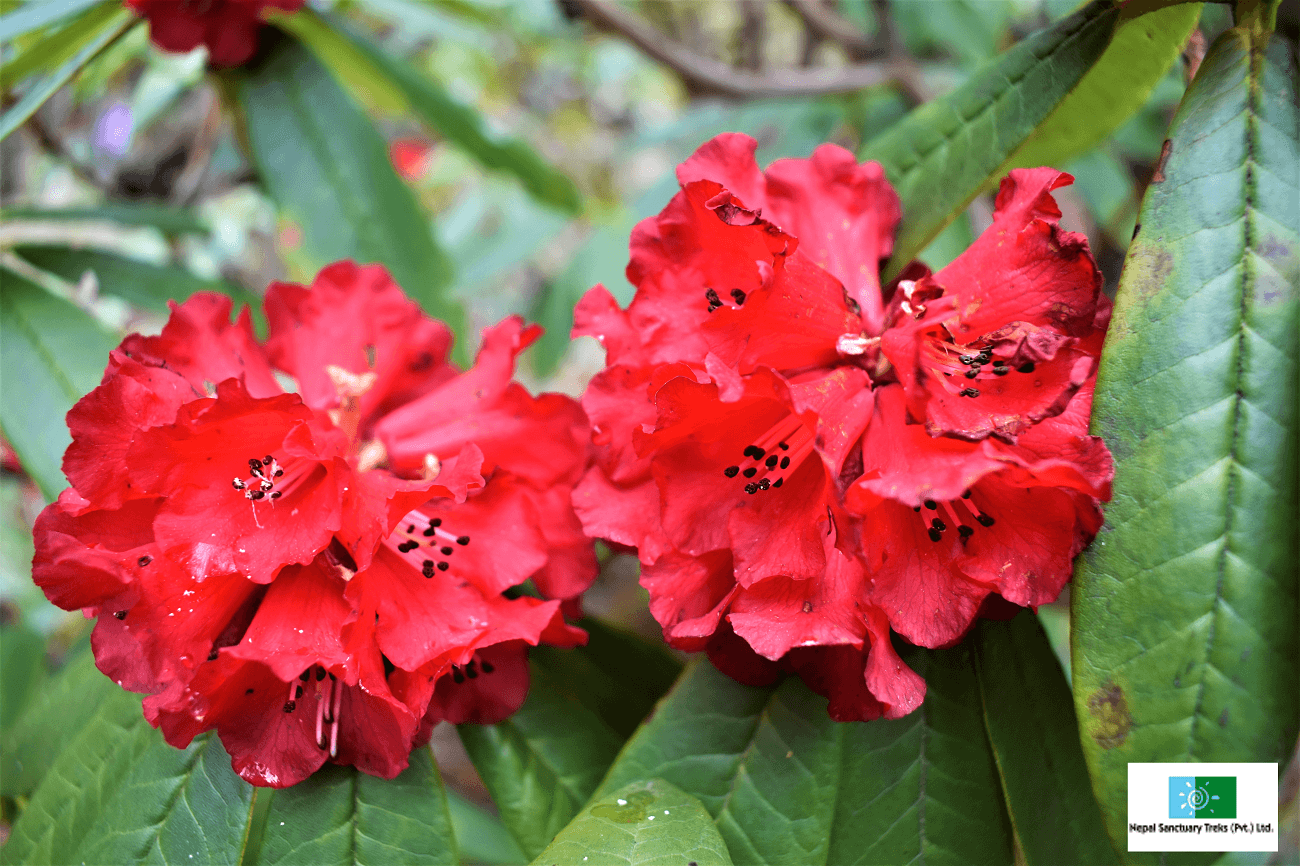
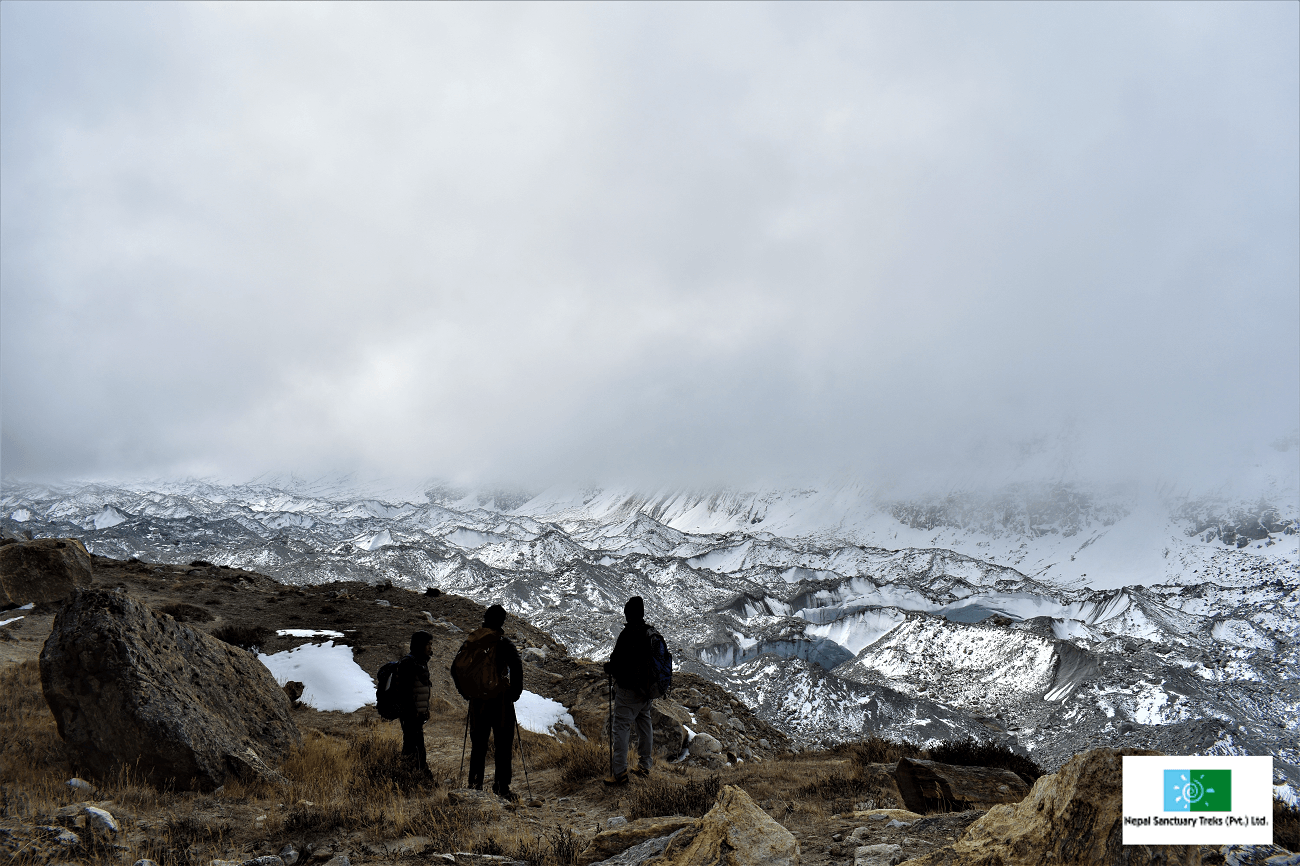
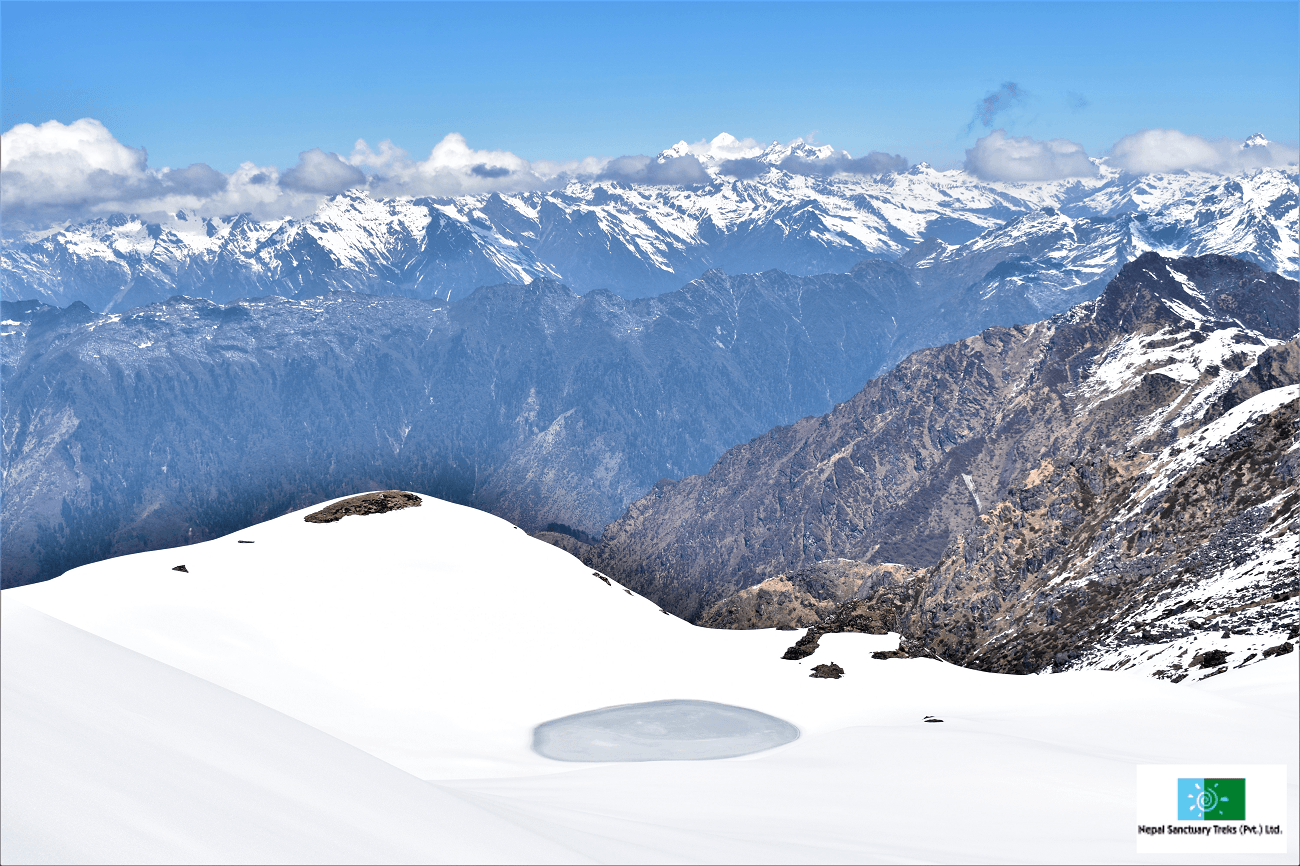
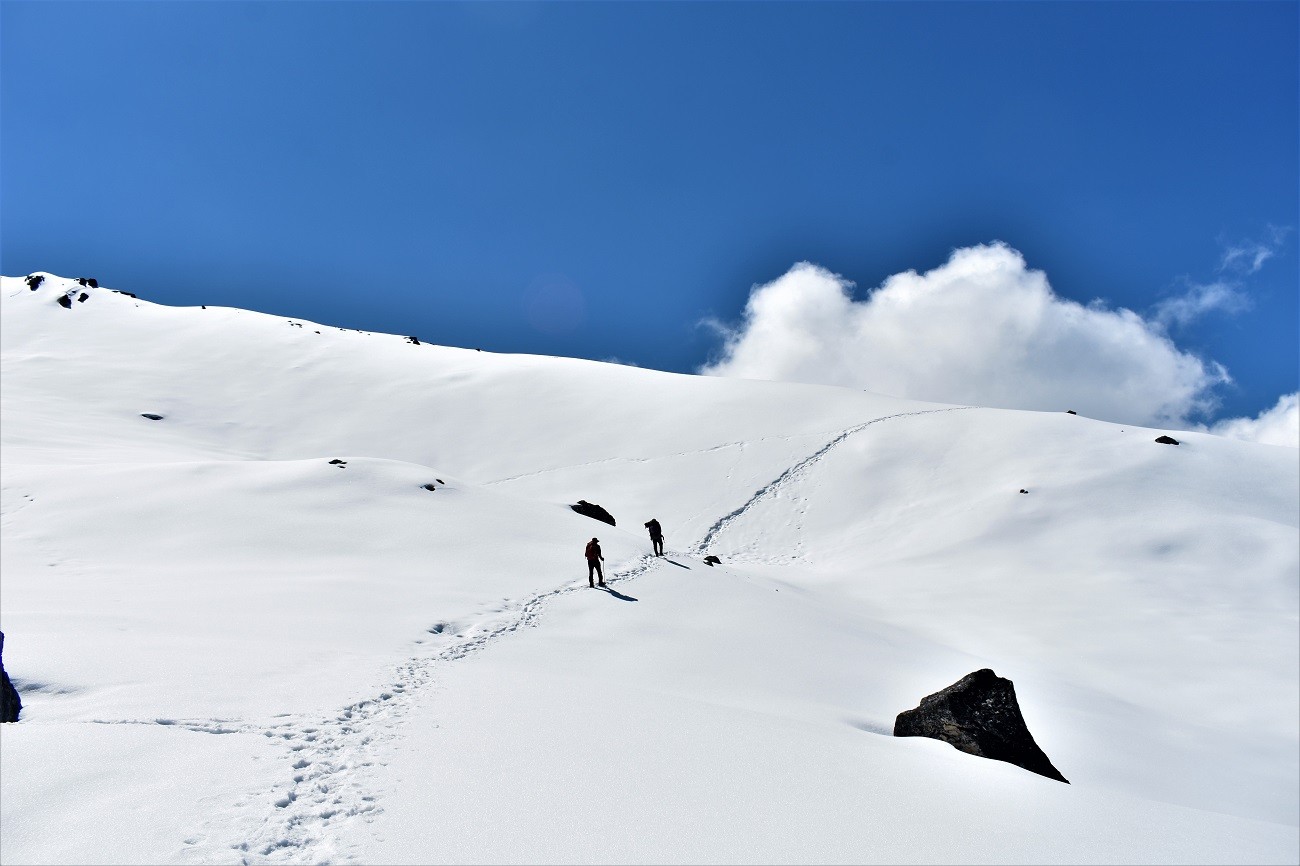












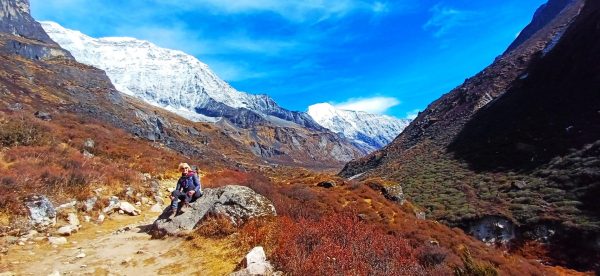
 Altitude:
4,900m/16,076ft.
Altitude:
4,900m/16,076ft.
 Difficulty:
Moderate
Difficulty:
Moderate





